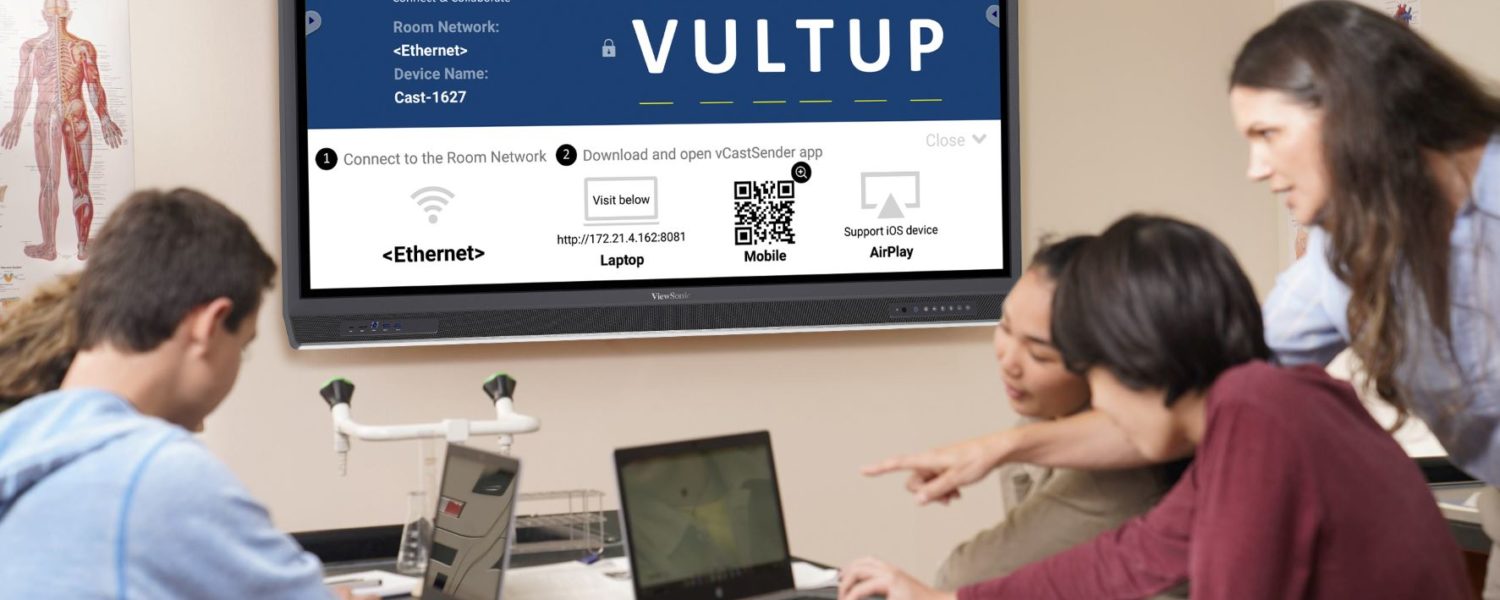By Bari Gersten
The pandemic has transformed the way we work and learn. As educators who are committed to preparing students to enter the workforce, it makes sense that the way we teach has also changed since the pandemic.
The past 18 months have reinforced the need for every student to have their own device for learning. The 1:1 classroom environment began as a way to provide standardized tests in a safe and equitable environment. And today, it has become a necessity to participate and collaborate in daily lessons whether they are delivered in the classroom or not.
In the corporate setting, the days of employees being in an individual silo that contributes only on their own projects is over. Businesses have seen increased success in projects and deliverables when small groups work together in well-designed shared spaces. The Wharton School at the University of Pennsylvania, and the Harvard Press, all agree that the optimal working group is made up of between three to six individuals.
If our mission as educators is to build students who can thrive in this new work environment, we must begin to build spaces within our classrooms that facilitate sharing space while sharing ideas.
Whether you are a parent or a teacher, you can understand that students are reluctant to share in whole class discussions. During hybrid and remote learning, students across the country began to suffer from isolation and loneliness.
Now, add the layer of video conferencing on top of those group discussions; teachers agreed that students were turning off their cameras and keeping their microphones muted. Teachers became resourceful and turned to the powers within video conferencing and found Breakout Rooms and Huddle opportunities.
Finally, in these smaller groups, students were willing to unmute and some even turned their cameras back on. Together, they solved problems and shared their opinions.
Now that our students are returning to the classroom with devices in hand, it is our goal as educators to acknowledge that the environment has changed, students need to build self-esteem through self-expression with peers in an academic environment, and we must transform our learning spaces. This may seem like a daunting task, but it is much easier than you think.
To begin, designate an area or areas in your classroom or in a communal area where students can gather in groups of three to six. Ideally, students can pull up with some soft seating and their device, such as a tablet or Chromebook, and connect wirelessly with the collaborative screen sharing software.
With plenty of software options, you can take your pick of which one works best for your class, then include an additional larger format display so that students can easily see shared work. The display can be touch or non-touch depending on the classrooms needs.
The important point is to build a productive space where work is easily shared with other students and working together is easy.
Students can then begin working with their peers on an assigned task. Typically, in groups of this size, there would be assigned roles for each student, like that of a facilitator, project manager, timekeeper, notetaker, resource manager, process observer, participation tracker, etc., just like we see in the work environment.
Placing students at the center of a learning experience allows them to work and learn at their own pace and help them to develop the relevant skills. It is in these Huddle Spaces that students will begin to explore their self-expression, learn to solve problems, listen to others, and share their understanding with their peers.
After the last two years of the pandemic, our students need a safe place where they can gather with their peers and explore, learn, and laugh together.
Bari Gersten is vertical marketing manager of education for ViewSonic Corp., www.viewsonic.com.












